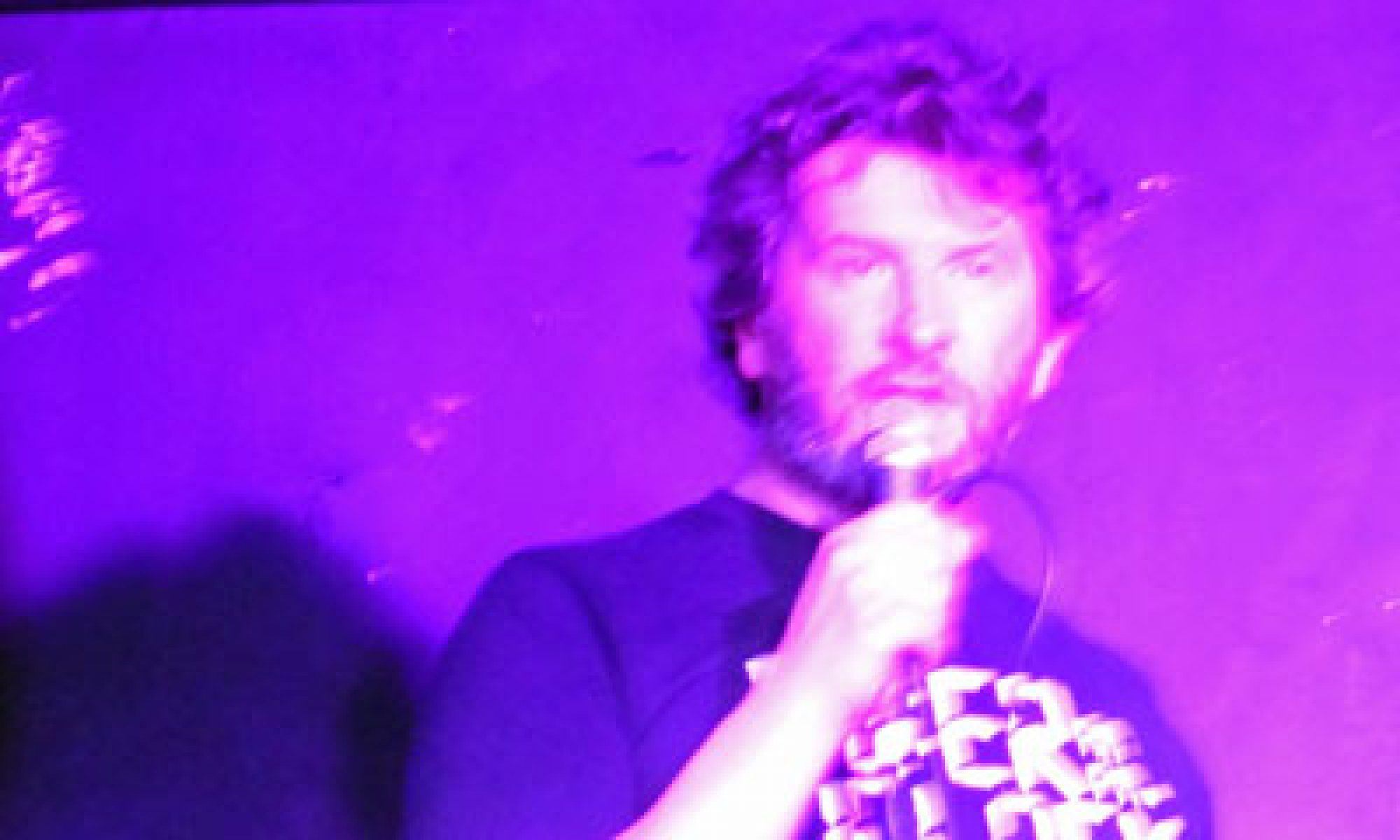I’m not sure about Kim’s personal taste in modern art but with her training she’d be sure to be able to hold forth about Cy Twombly, the American painter who died last week, and was the subject of some posts on this blog from around 18 months ago when I first saw some of his work in the Tate Modern. Here’s a link to the Deutsche Welle website report on his death to show his influence in Germany.

I guess she’d quite admire the scale and audacity of the work as I did — and the vivid colours. Yet work like Twombly’s certainly encourages those who see modern, abstract art of displaying as much technical skill as a child’s painting and of suggesting those who proclaim themselves the arbiters of its undoubted quality are those who would insist that the emperor was fully clothed — as this blog entry on the Telegraph website by Harry Mount makes clear.
Kim will produce mainly abstract works — partly because it will be amusing to see James struggle to make head or tail of what they mean — but she’s be technically trained to a very high standard, something which will hold James in awe of her talent and provide a reason for his attraction to her — which is an engine of the plot. James won’t ‘get’ the likes of Cy Twombly but Kim will try and explain to him why Twomby’s work sells for millions — but perhaps she’ll question why it is that his does but her own doesn’t.
Speaking of silly money paid for art, BBC1 on Sunday featured a programme called‘The World’s Most Expensive Paintings’ in which Alistair Sooke, an art critic, did an Alan Freeman style reverse countdown of the Top Ten. As all were in the tens of millions of dollars bracket and the most expensive — one of the Picassos (Nude, Green Leaves and Bust) — was $135m then it was no surprise that super-rich collectors were the owners of these amazingly valuable artefacts. Sooke’s analysis of the painting, pointing out subtle expressions of eroticism, sadism and the painter’s own hidden initials, was persuasive in asserting its value as a work of art — but $135m?
The painting is currently on display in Tate Modern, having been loaned by its Georgian owner — perhaps I’ve walked past it? The gallery would no doubt try to avoid the vulgarity of drawing attention to the value of the work. However, many of the top ten are hidden in private collections or, according to rumour, may even have been burnt.
The programme raised many of the questions about the relationship between art and money that crop up in The Angel — almost all the art works were produced when the artists were relatively penniless — although the likes of Picasso made money later on his reputation. The artworks are valuable because they are scarce and in demand as much as anything intrinsic about their artistic quality. Often a painting is purchased because it had been part of the previous famous collection — its value being acquired through provenance. There’s an interesting paradox that art, which by definition is created for the intellect or to pleasure the senses, has such a close relationship with money to the extent that at the very high end, art is potentially only appreciated because it’s expensive.
While Kim’s art work doesn’t sell for very much, she’s still chasing the moneyed-rich for what income she does get: the proximity of Shoreditch to the City underlines the symbiotic relationship between the two. James, unlike most City types, actually tries to look at art for its aesthetic, rather than monetary value — and this will be a welcome change for Kim.
The BBC1 programme had a real-life story worthy of any novel about a Picasso, La Rêve, about to be sold for an eight figure sum in dollars by its Las Vegas casino owner, Steve Wynn, who then accidentally stuck his elbow through the canvas, reducing its value by many millions. He said the good thing about the damage was that he did it himself, not anyone else — one wonders what might have happened if it had been a cleaner or security guard.

